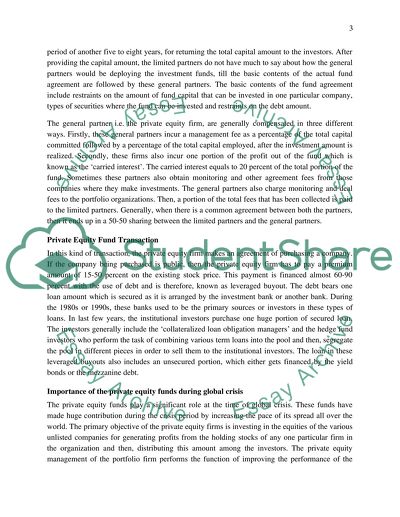Cite this document
(“Private Equity Funds Essay Example | Topics and Well Written Essays - 1500 words”, n.d.)
Retrieved from https://studentshare.org/finance-accounting/1494693-what-is-private-equity-and-what-are-the-arguments
Retrieved from https://studentshare.org/finance-accounting/1494693-what-is-private-equity-and-what-are-the-arguments
(Private Equity Funds Essay Example | Topics and Well Written Essays - 1500 Words)
https://studentshare.org/finance-accounting/1494693-what-is-private-equity-and-what-are-the-arguments.
https://studentshare.org/finance-accounting/1494693-what-is-private-equity-and-what-are-the-arguments.
“Private Equity Funds Essay Example | Topics and Well Written Essays - 1500 Words”, n.d. https://studentshare.org/finance-accounting/1494693-what-is-private-equity-and-what-are-the-arguments.


